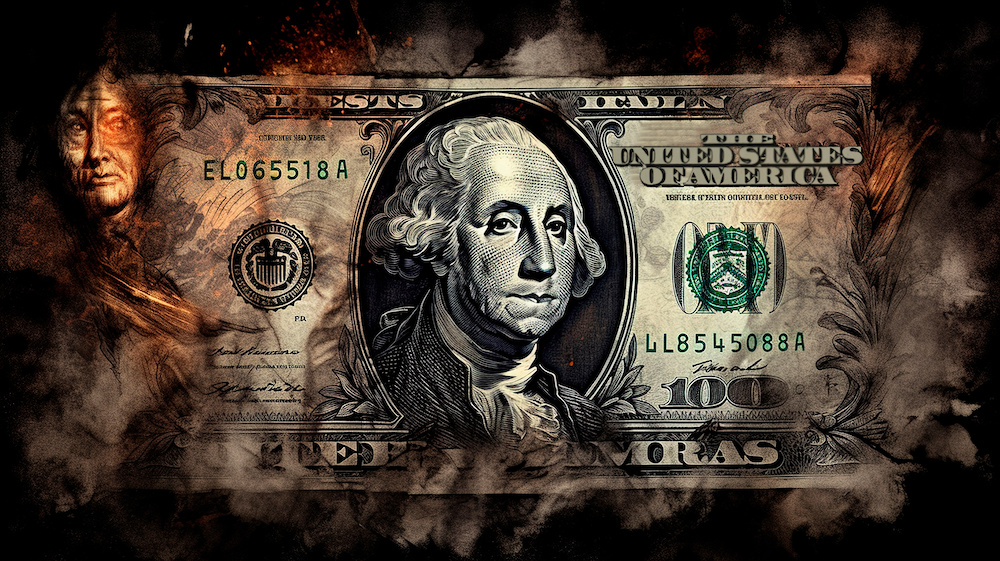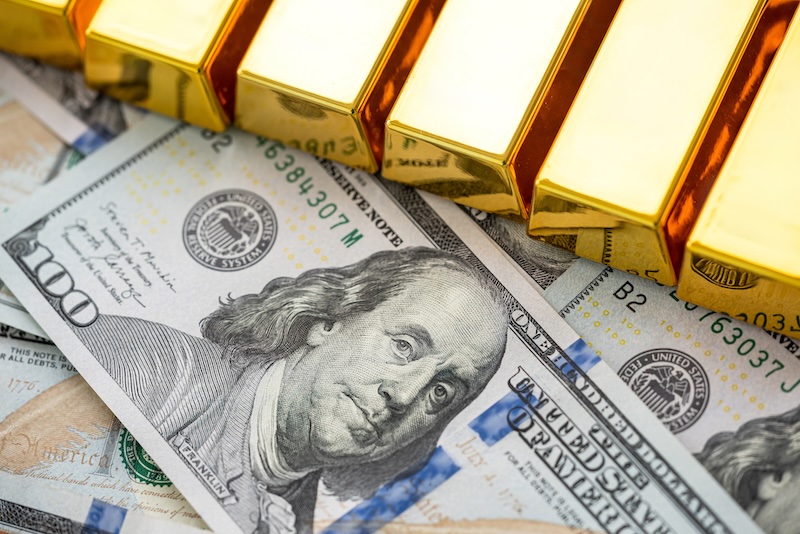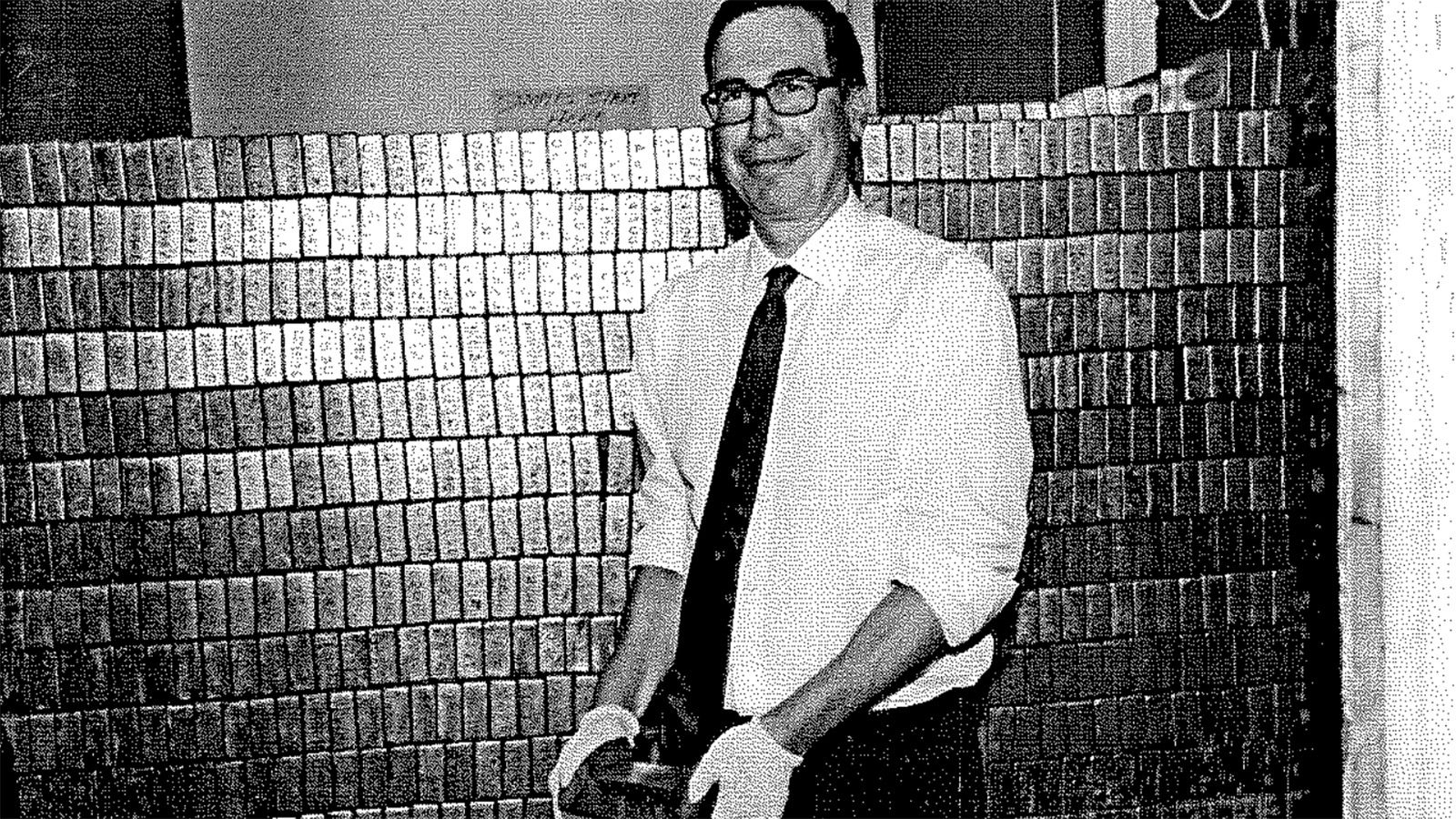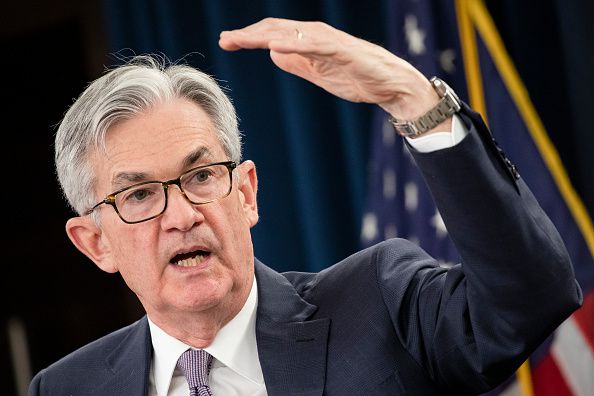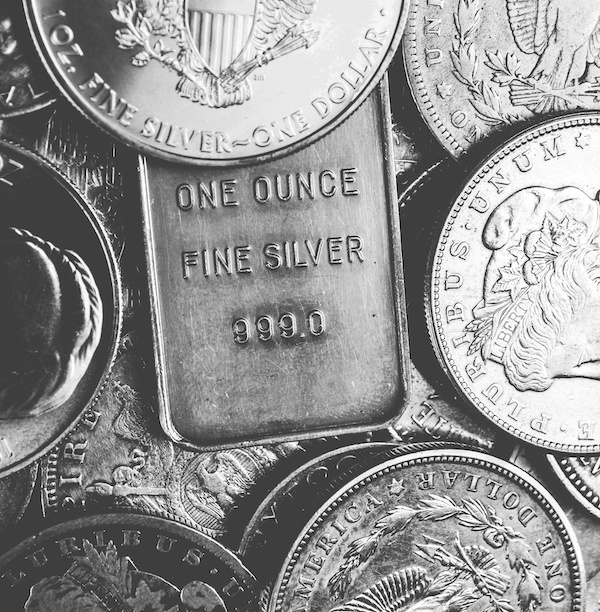BRICS represents a shift in global economic power and serves as a testament to the rising significance of emerging markets in the 21st-century global landscape. It has long been speculated that the next phase of growth will include the introduction of a BRICS Currency backed by gold and other commodities and rare earth elements.
BRICS is an acronym representing an association of five major emerging economies: Brazil, Russia, India, China, and South Africa. The BRICS members are all developing or newly industrialized countries, and they are distinguished by their large, fast-growing economies and significant influence on regional and global affairs.
In a recent interview, Russian economist Sergey Glazyev made statements related to the development of the upcoming BRICS currency. He explained that the technicalities of the yet-to-be-launched BRICS currency are put in place and the tools are created.
The soon-to-be-released BRICS currency aims to replace the US dollar as the world’s reserve currency. Glazyev confirmed in a recent interview on Tuesday that the BRICS currency is “almost ready”.
According the Glazyev, BRICS countries have a model of a new world settlement currency that is based on a combination of basket of national currencies of the member countries, alongside a basket of exchange commodities. The model shows that this currency will be very stable and much more attractive than the dollar, pound, and euro.
When trade happens in many different currencies, you have high costs of arbitrage of exchange rates between countries. When approaching dedollarization, central banks and countries need to simultaneously consider the fluctuations of national currencies of different countries.
World prices, particularly commodities like gold and oil are still linked to the dollar, so these arbitrage and exchange rates can generate a lot of losses. In addition, BRICS countries face a high uncertainty in pricing as new markets emerge, so at the next stage it is necessary to detach the prices of world exchange goods from the dollar and move to quoting world exchange goods in other units.
“The BRICS countries are moving to a wider use of national currencies in international settlements because they are all convertible in current transactions and are no worse than using the dollar or Euro,” asserts Glazyev.
“World commodity prices are still linked to the dollar, so these transactions can generate a lot of losses. In addition, these countries face high uncertainty in pricing, so at the next stage it is necessary to detach the prices of world exchange goods from the dollar and move to quoting world exchange goods in other units,” he continues.
And what are these other units? This is where the introduction a BRICS currency arises, which would become a common denominator for the formation of world prices for exchange of goods.
Collectively, BRICS countries encompass over 40% of the world’s population and account for roughly 26% of the world’s GDP, representing a substantial share of global trade.
In 2014, BRICS countries established the New Development Bank (NDB). Headquartered in Shanghai, China, the bank supports public or private projects to member countries through loans, guarantees, equity participation, and other financial instruments.
While the BRICS agreement represents a significant geopolitical alliance of emerging powers, the member countries also face individual and collective challenges such as diverse economic structures, differing political systems, developmental disparities, and regional tensions.
Gold Reserves Backing the BRICS Currency
China, as one of the world’s largest gold producers, has a significant amount of gold reserves. The exact amount has historically been a topic of speculation since China doesn’t frequently update its reserve figures. However, in the last few years, China’s official gold reserves have increased dramatically and are significant, making it one of the top holders of gold in the world. According to data, China is holding roughly 2113.46 tons of gold bars as of June 2023.
Russia has been aggressively increasing its gold reserves for several years. By 2021, it had amassed a substantial amount, placing it among the top countries globally stacking gold. This accumulation is seen as part of Russia’s strategy to reduce its reliance on the U.S. dollar in its reserves. As of June 2023, Russia is holding roughly 2,329.63 tons of gold bars.
While India’s gold reserves are not as significant as Russia or China. It’s important to note that gold has deep cultural significance in India, and households in India hold a vast quantity of gold in the form of high carat jewelry and other items, separate from the nation’s official reserves. India’s gold holdings account to roughly 797.44 tons of gold.
Brazil’s Central Bank began accumulating metals and doubled its gold holdings in 2021. Brazil’s current gold reserves are comparatively smaller than those of China, Russia, and India, with data showing a current level of 129.65 tons of gold bars.
Historically, South Africa was the world’s largest gold producer, but its official gold reserves, as of 2021, is the smallest when compared to other founding BRICS nations. The country’s production has decreased over the years due to depth challenges in mining, decreasing grades, and other socio-economic issues. Data from June 2023 shows that South Africa is holding roughly 125.41 tons of gold in its reserves.
